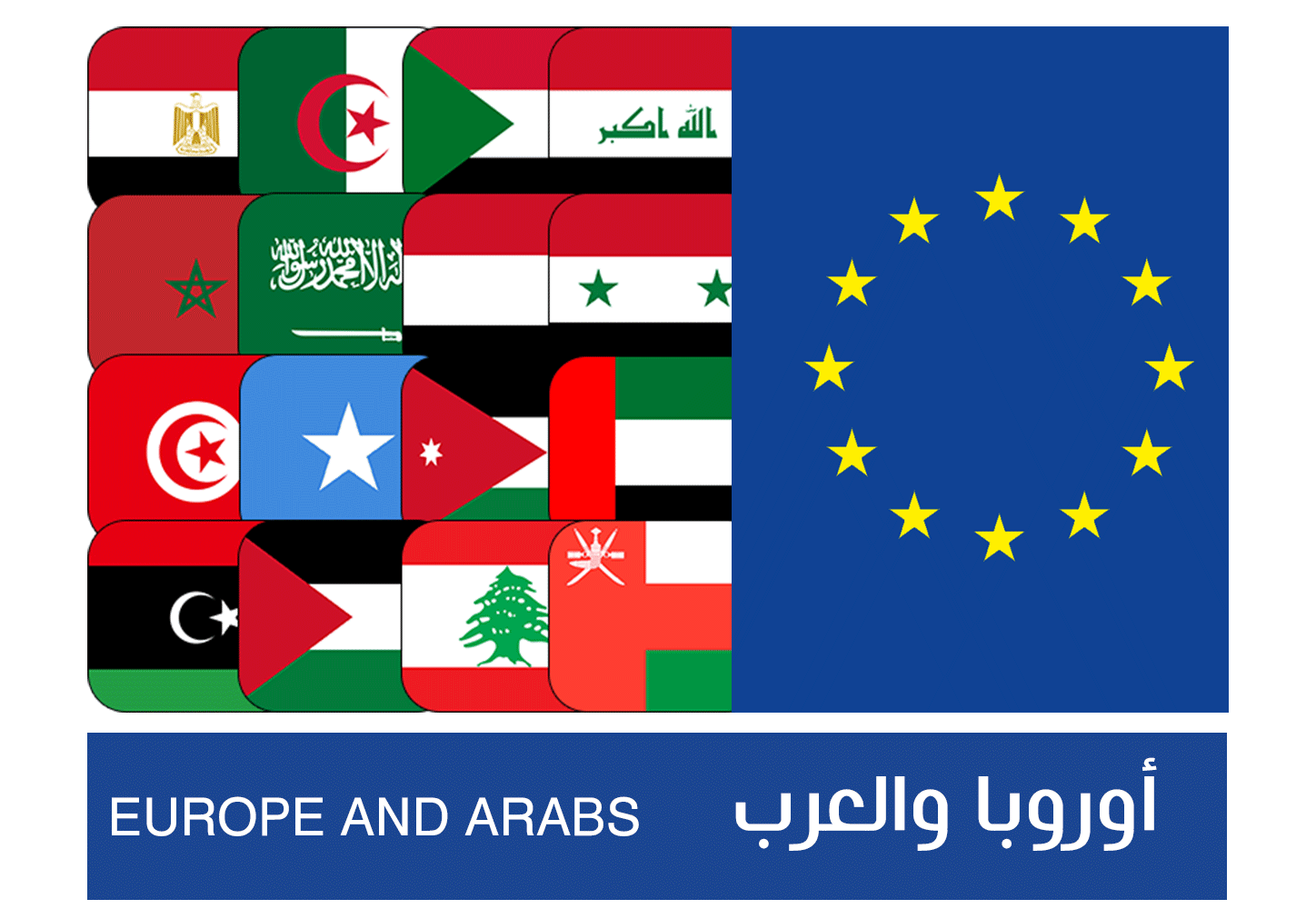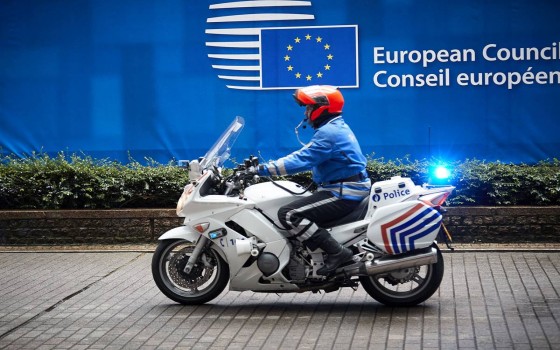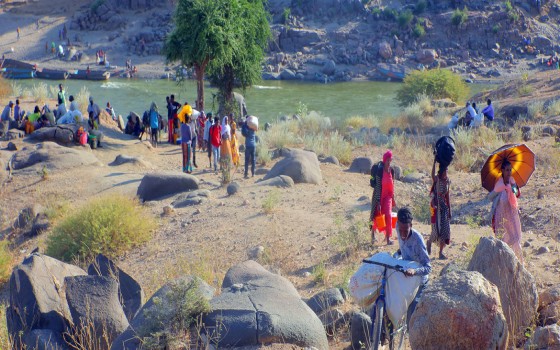
When we travel with food... we travel with water. Prepared by: Dr. Abdel Moneim Sedky, Professor, Agricultural Research Center, Egypt

- Europe and Arabs
- Sunday , 14 September 2025 7:6 AM GMT
When we talk about water, we often think of the drinking water or irrigation water we see flowing through fields and rivers. But there's another type of water we don't see with the naked eye: virtual water. This is the amount of water used to produce the goods we consume daily. This water is in the coffee and bread we eat, the meat that reaches our tables, and even in the clothes we wear.
A single cup of coffee requires about 140 liters of water, from growing the coffee to making it into the cup. A seemingly simple loaf of bread consumes hundreds of liters of water during the growing, grinding, kneading, and baking stages. Producing one kilogram of beef requires approximately 16,000 liters of water. This means that when countries export agricultural or animal products, they are in fact exporting the water consumed in their production, and vice versa: countries import water stored within goods when they import food or other products from abroad. A hidden aspect of global trade is the transfer of vast quantities of water from one country to another, unseen by us. This is why the term "virtual water trade" emerged, which helps water-poor countries address water scarcity by importing water-intensive commodities instead of producing them locally. In this way, the country conserves its scarce water resources and allocates them to more priority purposes, such as drinking water or less water-intensive agriculture.
Examples from Arab Countries
• Egypt: Egypt faces major water challenges due to its near-total dependence on the limited water of the Nile River. With its growing population, its water needs have exceeded its available water needs. Therefore, it resorts to importing huge quantities of wheat—a highly water-intensive crop—instead of producing all the required quantities locally. Thus, it imports millions of cubic meters of virtual water along with its grain imports.
• Jordan: One of the world's most water-poor countries, its per capita share is well below the global minimum. Therefore, Jordan relies on imports of meat, grains, and oils, which relieves pressure on its very limited water resources. At the same time, it encourages the cultivation of less water-intensive crops, such as barley and some vegetables. • Saudi Arabia: In the past, it produced wheat domestically in large quantities, despite its desert climate, which depleted non-renewable groundwater. It has recently reversed this trend and has become dependent on imports of wheat and other water-intensive commodities to preserve its groundwater reserves. This shift is a clear example of the potential benefits of virtual water trade.
• Morocco: Although it has relatively better water resources, its extensive agricultural exports, especially tomatoes and citrus fruits, represent potential exports of virtual water. This poses a challenge regarding the balance between economic gains from exports and ensuring the sustainability of water resources.
Water Footprint and Diet
Individual consumption has a direct impact. A meat-rich diet requires significantly more water than a plant-based diet. Studies indicate that replacing half of animal consumption with plant-based products such as legumes and potatoes could reduce the food water footprint by up to 30%. This means that our daily food choices can alleviate the water pressure on our countries.
Awareness of these facts changes our view of water and makes us realize that every meal we eat and every product we consume carries a long history of water consumption. We don't just export and import food, we export and import water that hides behind every product that reaches our tables. Awareness of this hidden dimension gives countries and communities a greater opportunity to protect their water resources and formulate more sustainable policies that achieve water and food security for future generations.












No Comments Found